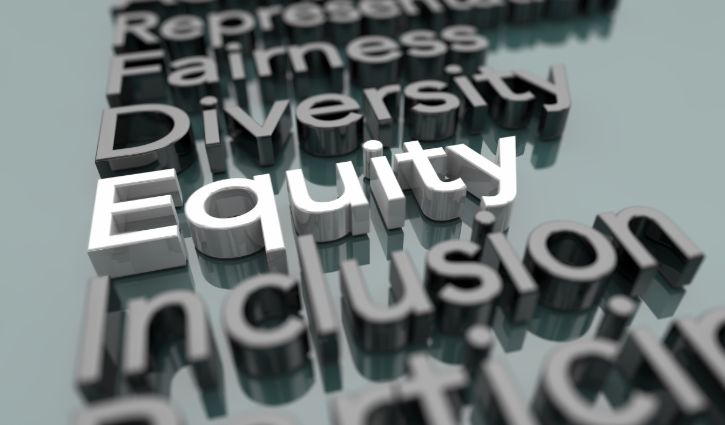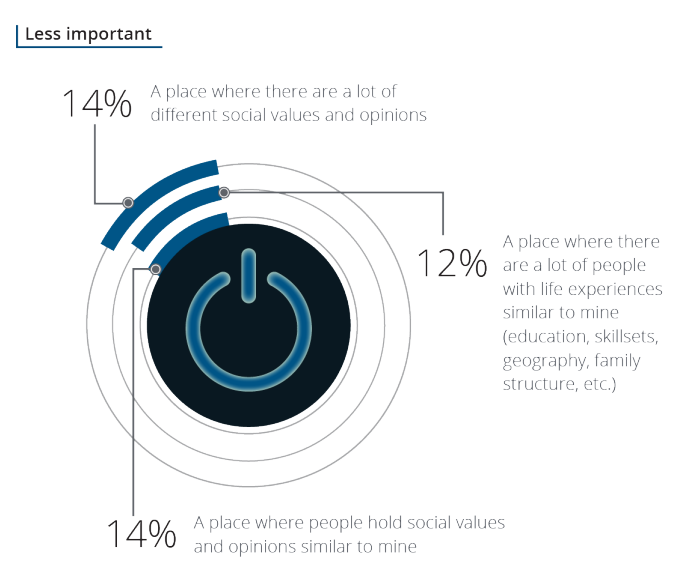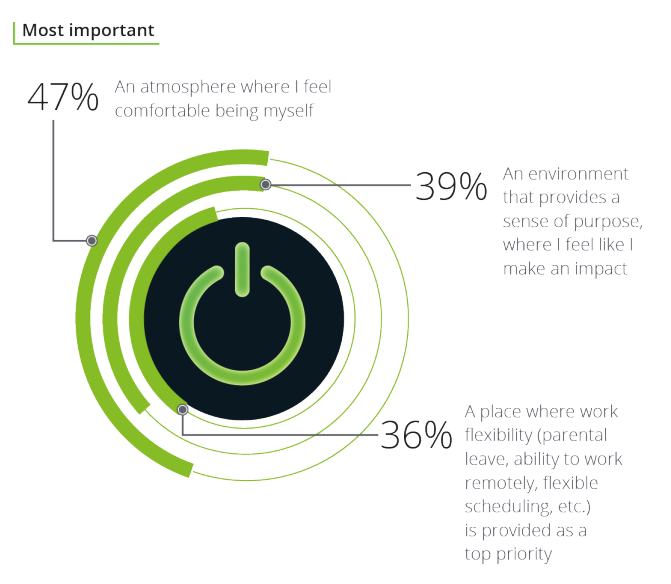
Diversity, Equity, and Inclusion in a Post-Pandemic Landscape
What will it take for DEI in hiring to be a norm versus an aspiration?
This is the third article in our 3-part series on Diversity, Equity, and Inclusion. The first article, Becoming the Elusive Inclusive Leader, focused on the importance of inclusion as a leadership trait. The second, It’s Time to Rewrite the Traditional Recruiting Playbook, talked about casting a wider net by diversifying the IT and engineering talent pool. This article continues in the same vein to discuss what it will take for DEI to become mainstream in organizations.
While COVID brought about notable changes in recruiting, most were already on the horizon and simply got fast-tracked. Even today, the recruiting environment looks nothing like that of even a year ago. With the height of the pandemic behind us, we are coming to terms with the fact that there simply is no ‘returning to the normal’ that once was. The pandemic has amplified a time of intense political division and social unrest that will impact the Diversity, Equity, and Inclusion (DEI) landscape in the years to come and will play a major role in organizational performance and success.
Over the past year, we witnessed a lot of talk around DEI initiatives that ultimately didn’t amount to much, as evidenced by record-high turnover rates, ‘The Great Resignation,’ and unfilled positions. This trend is especially of concern at a time when the need to source top talent is at an all-time high. So how do organizations truly integrate DEI into their culture instead of reacting with tweets and hollow policies, giving it no further value than another buzzword within a sea of buzzwords? To build a strong culture and efficient processes around DEI, capable of withstanding and adapting to constant change, requires more than just a mission statement. The track 2022 takes will largely be determined by the trends we see playing out in the world of corporate diversity and the actions leaders take around those trends.
Walk the walk. Talk the talk.
If we truly want to challenge the status quo, we need to change our culture. The terms diversity and inclusion often appear together, but they are not the same thing. Diversity refers to the “what” and inclusion is the “how.” Diversity is all about creating a workforce of employees from different backgrounds. Inclusion is a measure of the culture that empowers this workforce to be successful.
Inclusive hiring doesn’t just happen overnight. Recruiting for diversity – whether that be gender, race, educational background, or skill set – takes time. And the processes for DEI should be in place well before hiring starts — at the conception of the position and the communication of the job being offered. It takes investing in specific parts of the hiring process to make sure all candidates can not only participate but put forth their strongest case for joining your company.
Inclusion also plays a significant role in talent retention. Inclusivity is manifested in the policies and procedures that your company creates to make everyone in the workplace feel valued. “Now that you have a diverse array of employees walking through your front door, what steps do you need to take to ensure they have an equal opportunity to impact your business?” wrote the experts at Capterra.
Source: Deloitte
The Role of Recruiters in DEI
The strongest diversity hiring initiatives begin at the top of the funnel—often with passive talent—before prospects even apply. That’s because channels such as referrals and inbound are inherently less diverse; so, if your talent team isn’t actively sourcing and nurturing a diverse talent pool, you won’t see a diverse pipeline, a diverse set of interviews, or a diverse team. Recruiters then need to find solutions that not only support robust DEI programs—from sourcing, talent screening, and hiring to employee retention—but provide actionable insights backed by data. Recruiters have perhaps the most important role to play in the “D” of a company’s DEI initiatives. However, equity, inclusion, and belonging need to be established within an organization before diversity initiatives even begin.
“Successful hiring for diversity goes beyond HR strategies or affirmative action plan goals. It must be a leadership and cultural mindset that welcomes and leverages diverse viewpoints and experiences in candidates. The goal, in that case, is to broaden the horizons of organizational leadership to be aware of their own unconscious biases in hiring and inculcate respect for those not similar to them,” writes one expert in Forbes.
More than Just a Number
In the aftermath of the Great Resignation or the Great Reassessment, it is evident that there exists a disconnect between what the workforce is seeking and what organizations are providing. This is because oftentimes, leadership behaviors do not always reflect what the company touts as their ‘inclusion’ mantra. Employees don’t want inclusion to be a programmatic initiative but an integrated part of everyday life at a company. To achieve this, it must involve more than just HR and Talent strategies, although those are a good place to start. Embedding inclusion strategies in key aspects of the talent lifecycle— recruitment, assignments, and succession planning — is the foundation for building diverse teams.
Source: Deloitte
Additionally, instead of fixating on metrics and categorizing individuals by demographic attributes, organizations should focus on investing and measuring employee engagement and experiences. While inclusion invites each person’s contribution and ensures every voice in the room is heard, equity ensures each person receives access to opportunities, information, and resources that will help them grow and thrive. In short, for DEI initiatives to succeed, corporate culture must foster inclusivity by integrating professionals from different groups together to recognize, sponsor, and celebrate their perspectives and skillsets.



